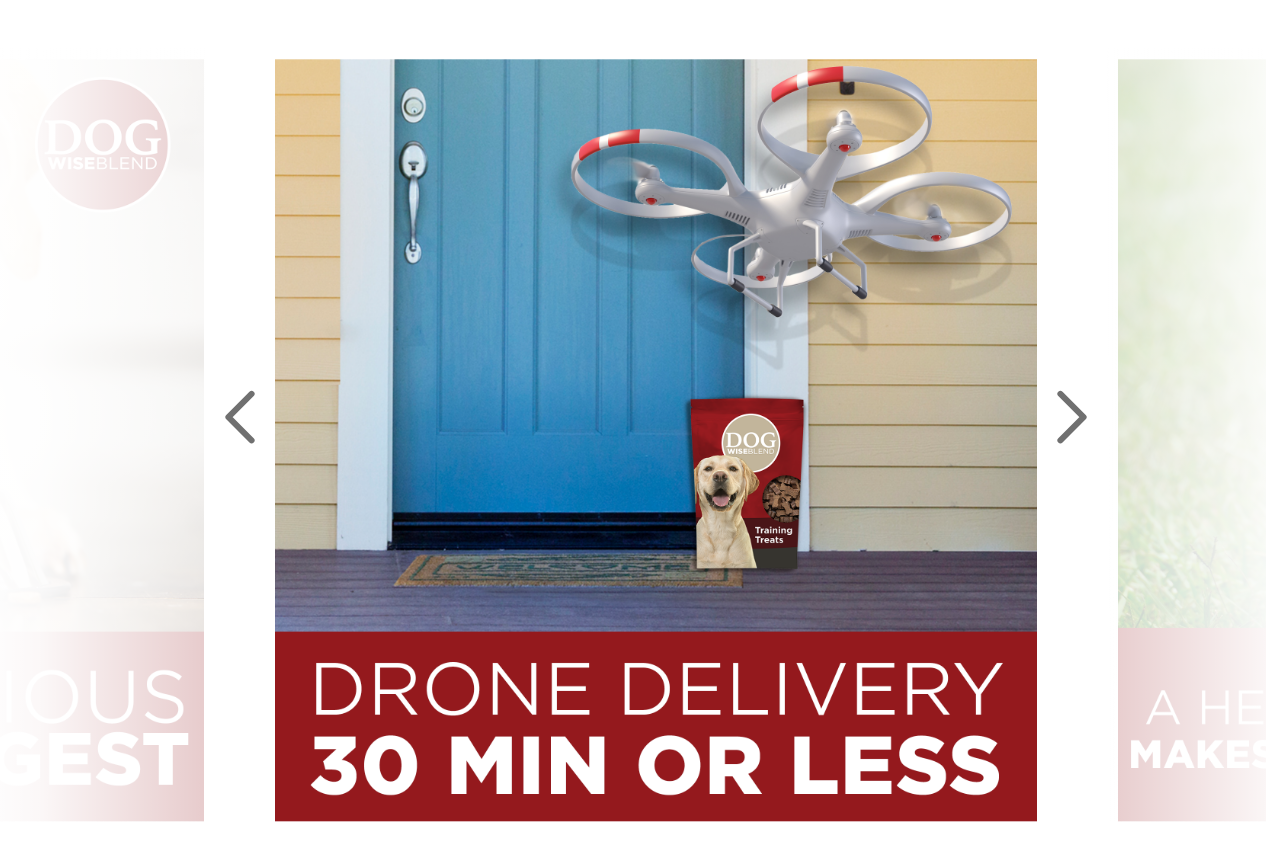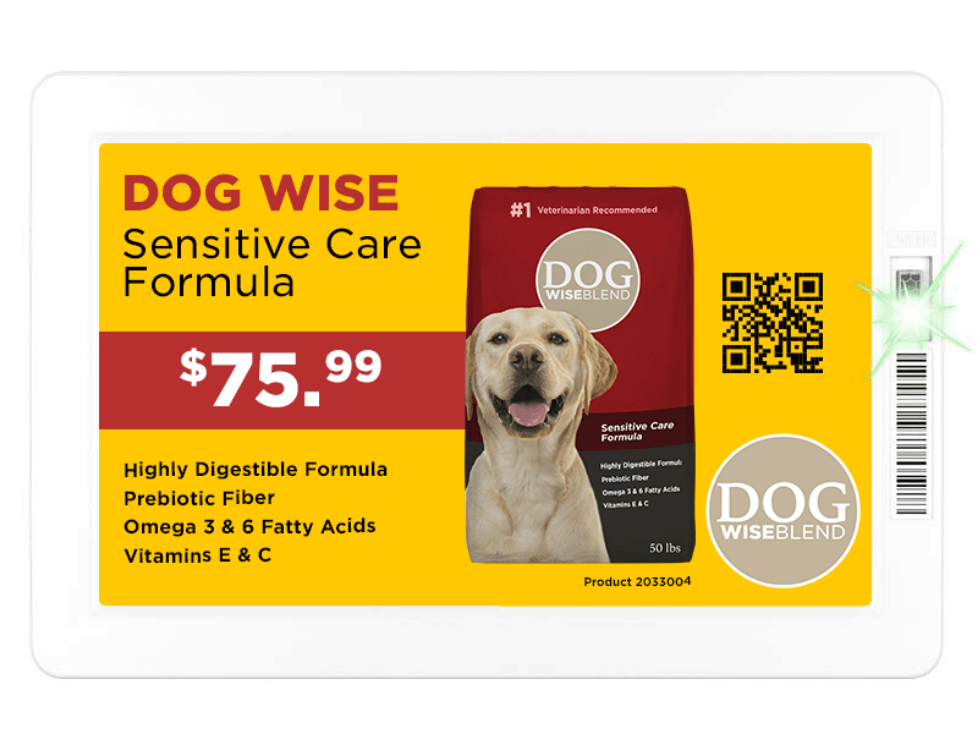The Very Near Future of Product Detail Pages
When it comes to updating content for Product Detail Pages (PDPs) — pack shots, creative imagery, SEO, video, and enhanced content — brands have been in a perpetual state of “catching up.” If this is your brand, you’re far from alone. The bad news? The industry doesn’t wait for brands to catch up — it’s constantly innovating toward the next best thing.
That being said, once your eComm organizational structure is in place and your content is optimized, what is your next move? The good news? We’ve got our eyes on this ever-moving ball. Based on industry trends, here are our projections for what will be “best in class” PDP practices in the very near future.
1. Social-commerce & Video
Instagram, TikTok, and now even the Amazon Inspire are blurring the lines between social media and eCommerce. We predict this trend to continue. Primarily TikTok, Instagram Reels, and Youtube Shorts will inspire brands to use video across retailer platforms and prioritize this content compared to static visuals.
2. Content Seasonality
Evergreen content is a thing of the past. We assess and optimize many brands PDP’s. While most brands are now using quality images and solid SEO practices, consistently the seasonality is off. During the peak winter holiday seasons, warm summer imagery and references can still be seen throughout content where brands but failed to adapt to winter scheduling. Meet the shoppers where they are at. Consider the other omni-channel touch-points that are all seasonal
.

If you’re not already scheduling seasonal content for your PDP content, start doing so. This not only applies to the visual content that your brand uses, but the keywords and phrases that your shoppers use during their search experience. Various strategies can be applied here from altering keywords to match seasonal shopper language to simply agitating the indexable content to show retailers that this page is up to date and not stagnant.
3. Device-based PDP Content
Despite the shift from desktop to “mobile first” shopping years ago, many brands have been using the same content for desktop and mobile. Soon to be gone are the days when you copy and paste the same content onto each platform and hope it gets you by. Despite the shift from desktop to “mobile first” shopping years ago, many brands have been using the same content for desktop and mobile. Soon to be gone are the days when you copy and paste the same content onto each platform and hope it gets you by.
Take video, for instance. A long-form video created for widescreen viewing (or the desktop experience) will not translate seamlessly to vertical viewing (or a mobile video experience, such as TikTok). Be on the lookout for VR/AR shopping, which will soon be bursting onto the scene. Taking all of this into consideration, now is the time to lean into each of these platforms and make sure all of your PDP elements and experiences— from VR to desktop and mobile shopping — are unique, device-centric, omni-channel touch points.
4. Q-Commerce (Quick Commerce)
Early adopters in this space (Uber Eats, DoorDash, Instacart, Gopuff, etc.) are currently dominating. However, Amazon and Walmart are close behind with drone delivery. And with more dollars behind them, these two retailers will soon be taking market share.
Q-Commerce will not only add a layer of competitiveness between retailers but will significantly impact customer expectations. (It was not all that long ago that we all scoffed at 2-day shipping!)

Start addressing this trend now by leveraging each retailer’s user experience and ensuring your PDP content connects with shoppers in their “need it now” state of mind.
5. In-store Digitalization
We’ve already seen examples of this trend at retailers like Home Depot, but companies like Pricer are also starting to do more with this full-color model. What will this mean for your brand? More ratings and reviews, more QR codes that link to PDPs, and more pricing that can fluctuate seamlessly as needed.

64% of in-store sales
are influenced by technology*
*THE FUTURE SHOPPER 2019 REPORT, WUNDERMAN THOMPSON COMMERCE: 8 countries: US, UK, Germany, France, Spain, Belgium, Netherlands, Czech Republic
We tend to view digital eComm as separate from brick-and-mortar shopping. However, as the above trends show, these lines are becoming more and more blurred. With 64% of in-store sales being influenced by technology*, PDPs are consistently near the point of conversion. In other words, your brand can’t afford to let your PDP strategy go ignored.
Knowing that shoppers are easily influenced by innovative experiences, what do you want your PDP to show them when they pull it up at home, on the go, or even in-store? This is the important question all brands will need to answer in the very near future.